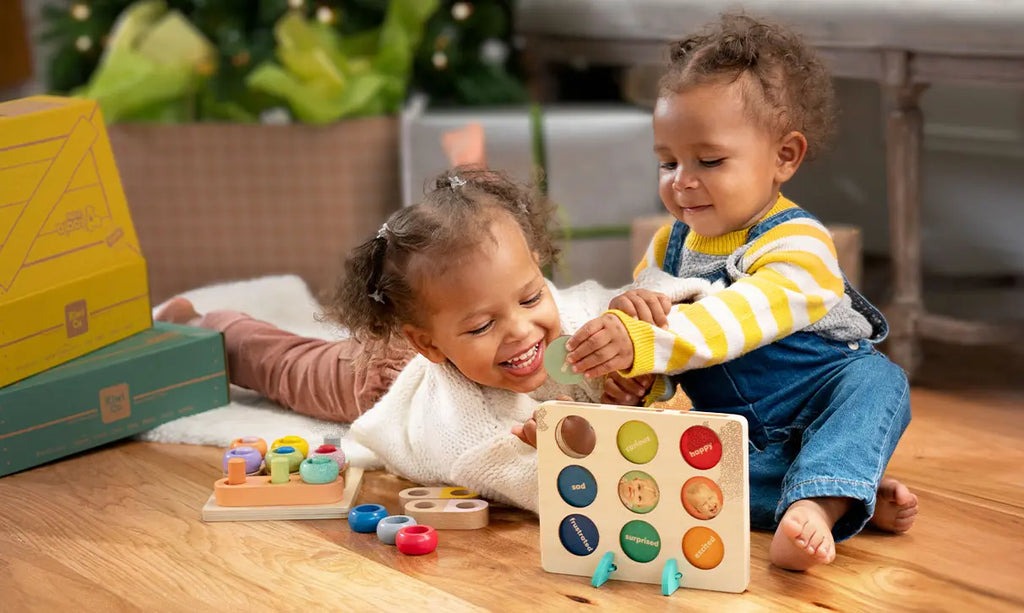
The Power of Play: Why Kids’ Toys Matter More Than You Think
Toys are often seen as simple objects of entertainment for children, but they are far more than just playthings. From stuffed animals and building blocks to educational gadgets and action figures, kids’ toys are vital tools for learning, creativity, and emotional development mainasik. In a world that’s increasingly digital and fast-paced, choosing the right toys can make a significant impact on a child’s growth and happiness.
The Role of Toys in Child Development
Toys are the first learning tools most children encounter. Through play, kids explore the world, test boundaries, and develop key skills. Here’s how toys help in different areas of development:
-
Cognitive Development: Puzzle games, memory cards, and STEM-based toys challenge a child’s thinking and problem-solving abilities.
-
Motor Skills: Toys like stacking blocks, ride-on vehicles, and art supplies help strengthen fine and gross motor skills.
-
Language and Communication: Dolls, pretend play sets, and storytelling toys encourage kids to talk, listen, and understand language.
-
Social Skills: Board games and cooperative toys teach important lessons in sharing, patience, and teamwork.
Types of Kids’ Toys and Their Benefits
-
Educational Toys
These include alphabet games, science kits, and math puzzles. They’re designed to make learning fun and interactive while building foundational academic skills. -
Creative Toys
Items like clay, coloring books, LEGO bricks, and musical instruments inspire creativity and self-expression. -
Outdoor Toys
Bicycles, trampolines, and water toys encourage physical activity and help kids develop coordination and a love for nature. -
Electronic & Tech Toys
With moderation, smart toys and tablets designed for kids can offer engaging ways to learn coding, problem-solving, and digital literacy. -
Role-Playing Toys
Kitchens, doctor kits, and action figures help kids act out real-life scenarios and develop empathy and emotional understanding.
Choosing the Right Toy
When selecting toys, it’s important to consider a child’s age, interests, and developmental stage. Here are a few tips:
-
Safety First: Ensure toys are made from non-toxic materials and are appropriate for your child’s age group.
-
Balance Screen Time: If digital toys are included, balance them with physical or imaginative play to avoid overdependence on screens.
-
Encourage Open-Ended Play: Toys that can be used in many different ways (like building blocks or dolls) allow kids to use their imagination freely.
Trends in Kids’ Toys (2025 Update)
-
Sustainable Toys: Parents are increasingly seeking eco-friendly options made from recycled or biodegradable materials.
-
STEAM Toys: Science, Technology, Engineering, Arts, and Math toys are rising in popularity to prepare kids for the future.
-
Inclusive Toys: Toy manufacturers are creating more diverse dolls, action figures, and games to reflect different cultures, abilities, and backgrounds.
Conclusion
Kids’ toys are more than a way to pass the time—they’re powerful tools that shape how children think, move, and feel. Whether it’s building confidence, sparking curiosity, or teaching compassion, the right toy can leave a lasting impression. In a world full of distractions, investing in thoughtful, age-appropriate toys is one of the best gifts we can offer the next generation.